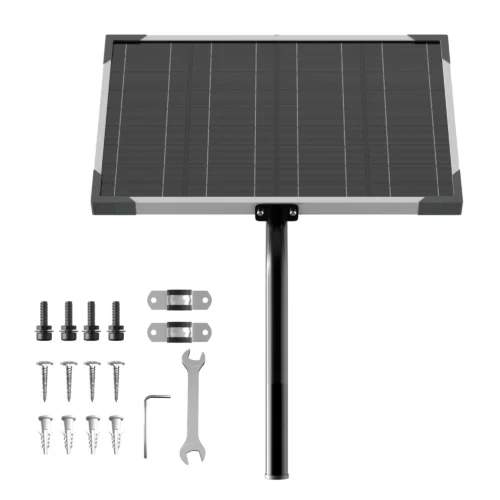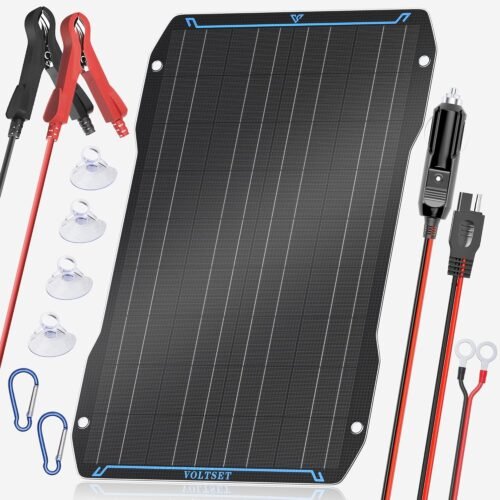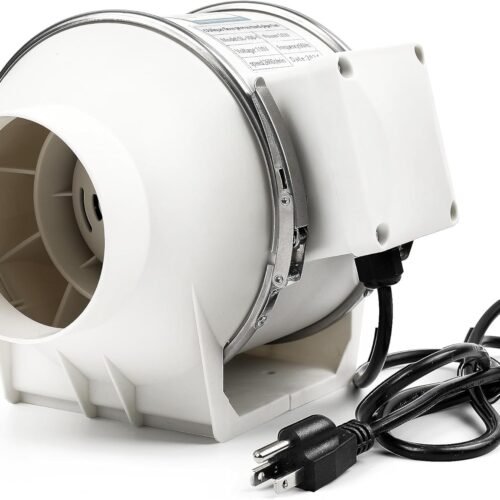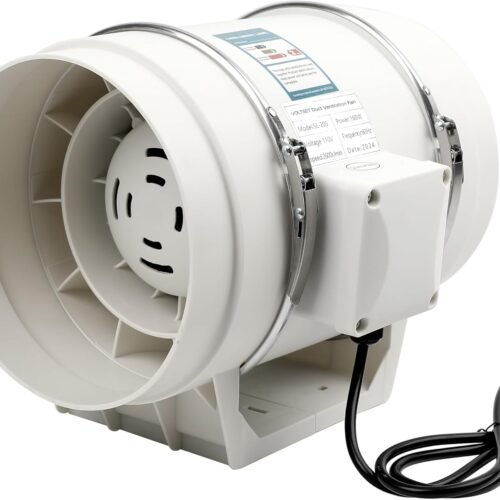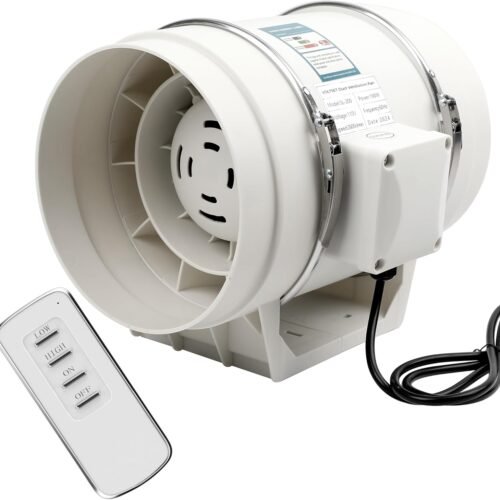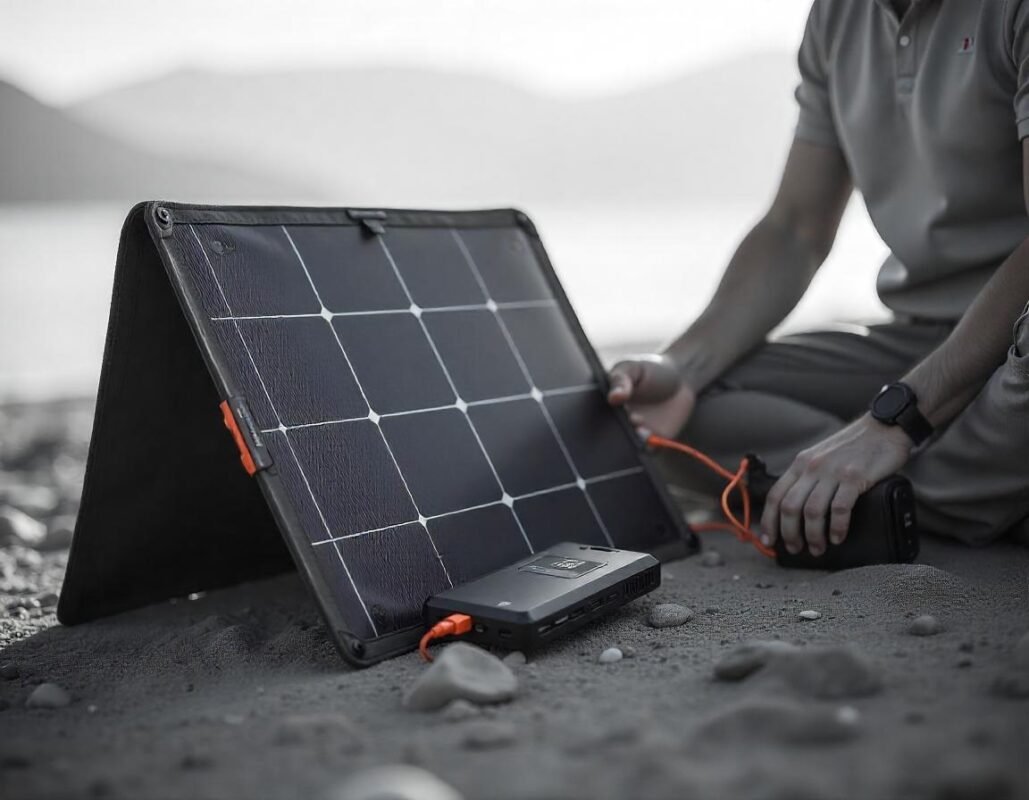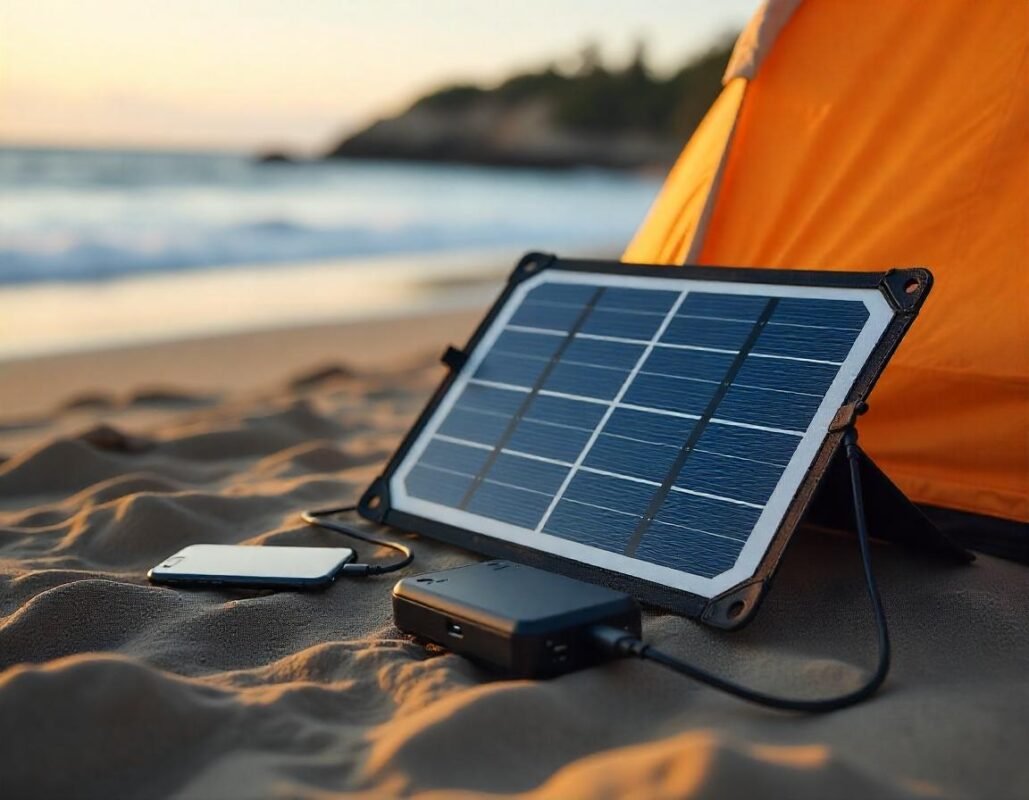Eco-Friendly Charging: Harnessing Solar Power for Everyday Devices

With the world growing more and more aware of the environmental impact of everyday actions, more and more people are looking to sustainable energy solutions. Solar power is one such solution that is capturing countless homes as well as handheld devices with the power of the sun. However, eco-friendly charging by solar power is becoming increasingly popular as an alternative to charge your devices while doing your part to help reduce the carbon footprint. This article explores how solar power is revolutionizing how we charge our everyday devices and the benefits of incorporating solar-powered charging into our daily routines.
What Is Solar-Powered Charging?
Solar-powered charging uses solar energy to charge electronic devices instead of relying on traditional power sources like electricity from the grid. The basic technology behind solar charging systems is solar panels, which carry out the function of converting the sunlight to electricity. Still, these panels can be included in a solar charger, portable power bank or gadgets like a smartphone, laptop or others.
As solar charging systems technology has progressed, and prices have continued to decline, consumers have become increasingly receptive to solar charging systems to the point that they are now an affordable, sustainable choice. By setting up your solar power properly, you can use that power not only to keep a smartphone charged in the middle of a hike, but also to run small appliances at home and reduce your use of fossil fuels.
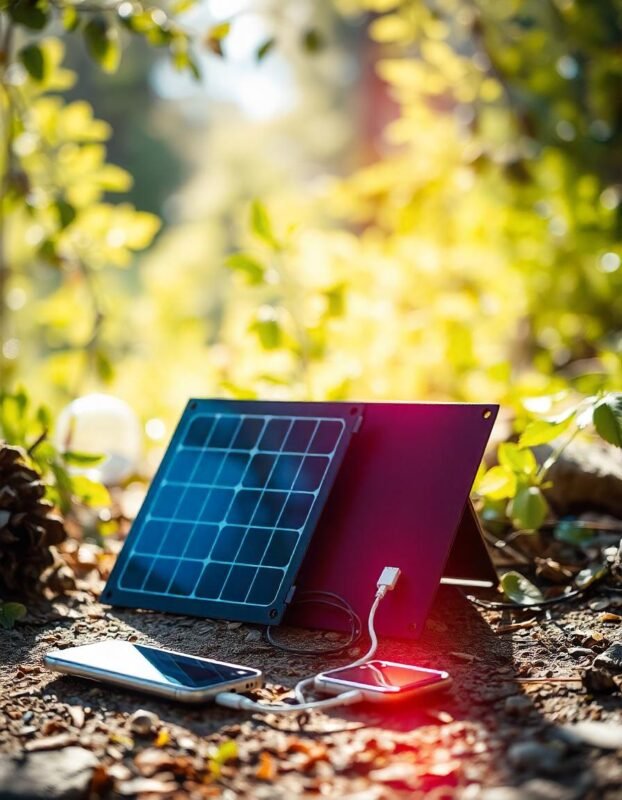
How Solar Charging Works
Photovoltaic (PV) cells are the fundamental part of solar charging. By the photovoltaic effect, cells capture sunlight, and convert it into electrical energy. The energy from the solar panel is transferred once it receives the sunlight from the inverter which converts the DC (direct current) power from the panels into AC (alternating current) power capable of charging your devices.
These panels, which are small and light for portable solar chargers, are used when the movement is warranted and are generally taken around with you. The other common type of power bank is solar power banks, which allow you to store the power that you draw from solar days for charging later. But larger solar panel systems that can be installed at home can even supply enough electricity to power multiple devices at once or meet your home’s electrical needs.
Benefits of Solar or Charging for Everyday Devices
Environmental Impact
Solar charging is the cheapest and one of the environmental benefits. Compared to such traditional charging methods based on fossil fuels, solar power is clean and does not emit greenhouse gas emissions. When you use solar power to run your devices and cut down on the amount of energy that your devices use in reliance on the electrical grid, you’re making a difference to your carbon footprint. Now more than ever, in climate change, every little action matters in countering environmental damage.
Cost Savings
The initial investment in solar powered chargers or panels can be more expensive than conventional charging but solar energy is very inexpensive and can save you a great deal of money in the long term. When you charge your devices using the sun, you don’t incur electricity bills using the grid. Since solar devices generally demand little maintenance, the ongoing costs are low. Over time, the setup costs with the use of solar energy will be offset by the savings.
Convenience and Portability
Solar powered chargers and devices are very convenient, especially for outdoors or anywhere to where power outlets are not available. Whether you’re camping, hiking or traveling, solar powered gadgets allow your devices to be charged without a plug. Since solar panels can be folded and are relatively small, they are great for on the go charging.
Energy Independence with Eco-Friendly Charging
When you invest in solar power, you’re not reliant on external energy sources. That said this is very useful Remote or in areas where you don’t have power grids. With solar energy, you are independent of power outages and fluctuating electricity prices. With a solar-powered charging system, you can enjoy a consistent energy supply for your devices no matter where you are.
Low Maintenance
A good thing about solar charging systems is that they are relatively maintenance free once installed. Solar panels contain no moving parts and thrive in deserts. But they can function efficiently only if they’re cleaned regularly and periodically checked. The batteries commonly found in most solar powered devices can recharge for your devices many times without recharging.
Popular Solar-Powered Charging Devices
Solar-Powered Phone Chargers
One of the most popular methods of using solar energy in the day to charge everyday devices is with portable solar powered phone chargers. Built in solar panels mean these devices have a battery that can be used to power your phone or tablet once charged. The models have USB ports for easy connection with most of the devices and they can be used for outdoor activity as well as for emergencies.
Solar-Powered Power Banks
Also popping up are solar powered power banks that can charge everyday devices. Much like traditional power banks, these devices include solar panels that can charge themselves using the sun. If you travel frequently, outdoor enthusiast, or simply need emergency power supply, solar power banks are your best choice.
Solar-Powered Laptop Chargers
Solar laptop chargers are for those who do not require much power, and who prefer an eco-friendly way of keeping your laptop charged when you can’t plug in. Therefore, these solar chargers are coming with a design that can charge most of the laptops and here comes probably the simplest and cost effective solution for working while traveling.
Solar powered smartwatches and Wearables
Today smartwatches are available from many companies that offer solar powered wearables. Depending on the service being delivered these devices have small solar panels to charge an internal battery with ambient light. That means you can extend the life of your devices without constantly plugging them in.
Solar-Powered Outdoor Lights
One of the easiest ways to light your home or garden is with solar powered lights. They use solar panels to charge during daylight, and light at night reducing energy consumption and making them more sustainable.
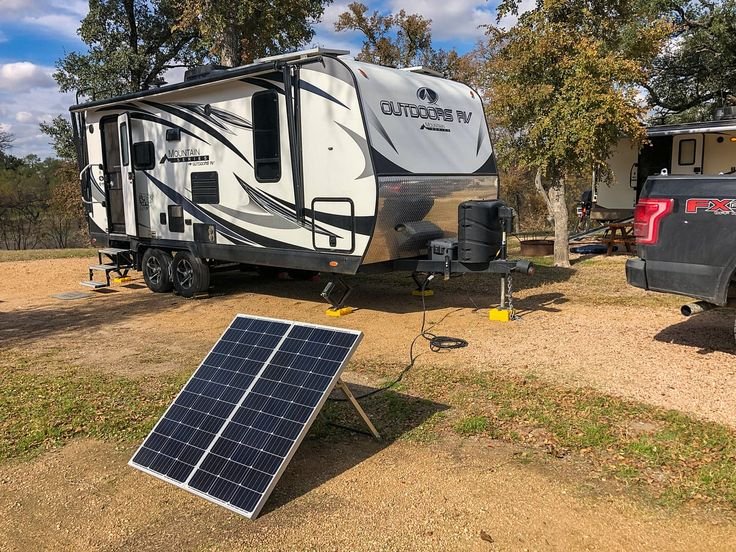
Challenges and Considerations
While solar power is a great renewable energy source, there are some challenges to consider:
Weather Dependency: So solar panels depend on sunlight, and won’t work as well on cloudy or rainy days.
Initial Cost: For larger solar panels and home installations though, solar charging systems can be expensive. But with prices steadily decreasing, they became easier to purchase.
Limited Charging Capacity: Solar chargers are less powerful than regular outlets, so devices won’t get fully charged on solar chargers quickly.
Conclusion
Solar powered charging is a step toward a more sustainable future. Switching to solar powered devices is a great way to reduce your environmental impact, reduce the cost of your electricity bills and have the convenience of having off the grid charging. The roll out of solar technology will make it easier and cheaper to integrate solar power into our lives as the technology continues to advance. Harnessing solar energy for your devices is a green, innovative idea that can be done with or without a desk.





